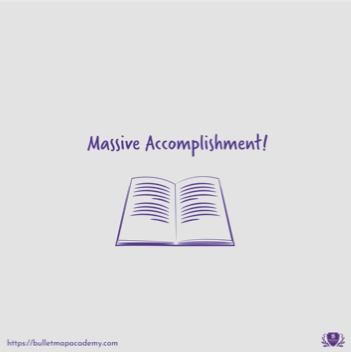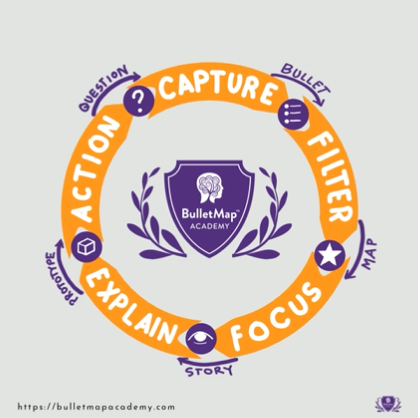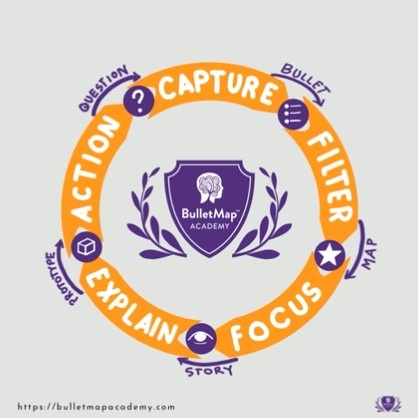The 'Stick Shift' Thinker
Dyslexia Explained With A Stick-Shift Car: How To Understand What "Processing Difficulties" Mean

In real life, if you were driving a manual car you would put your foot down on the clutch and stop yourself stalling. But let’s say you’re still on first gear putting your foot on the gas revving at 30 miles an hour. If you went whole day driving 30 miles an hour in first gear, putting a lot of stress into your car, you’ll eventually overheat or stall in the middle. You will wonder if there’s something wrong with your car. You did everything the teacher told you but its not enough. You are still struggling while the other cars pass you with ease.
Imagine someone got in and told you that you’re a stick shift car. Tells you that you are a manual thinker when it comes to learning to read and learning to study. Imagine they showed you how to do the clutch control? Can you imagine what a difference it would make to the ‘performance’ of the car? That’s what I want to begin here.
Being a manual thinker means it takes a bit longer to learn how to drive. It doesn’t mean once you learn how to drive, your car is less powerful or slower. There are stick shift Ferraris as well as automatic. It’s down to driving ability and style. Sometimes a stick shift is better than an automatic. Racing car drivers have better control with a stick shift.
You don’t get to choose what kind of processor you are. But you do get to choose what training you take.
If you’re dyslexic thinker you’re a manual thinker. You need to manually go up these four or five gears and keep making decisions according to your environment. You can’t be taught that by someone who only knows automatic. You need to be taught this particular little part of reading or studying by someone who’s used to going up the gears instead of just going in to drive.
Now once you learn how to go up and down the gears when it comes to reading or studying, the ‘automatic’ driving instructor can tell you about roadcraft and directions where to go.
Let’s talk about how this also relates to dysgraphia, dyscalculia and dyspraxia. These are all processing issues too. A Dysgraphic is a manual processor of writing. Dyscalculics are manual at numbers. Dyspraxia is manual at movement. With the right systematic training a dyslexic mind can read fluently, a dysgraphic write legibly, a dyscalculic calculate accurately and dyspraxic move beautifully. However, it will always take intentional manaul decisions to execute the process. From the outside it may look ‘automatic’ but its still intentional and manual. Which is why high functioning dyslexics, dysgrpahics etc can slip up when they are tired or learnining a new process.
As a dyslexic when it comes to reading and writing we’re manual thinkers. Unfortunately, at school, you have to be good at reading and studying. Which means it’s essential someone who knows the manual gear box of a dyslexic ‘car’ gets in the car with you and shows you how to do the gears.

Children want to read and be like adults. Then dyslexia trips them up with decoding difficulties. If they’re lucky, they’ll find a dyslexia reading program like an Orton Gillingham one: Barton, Wilson or a simpler system like “Toe by Toe”.
Each of them is designed to go through the gears of reading. This is a massive area of research and provision.
In terms of understanding the gears of learning, learning to read is the first and hardest gear to get into.
If you have got up to Grade 2+ reading ability, congratulations, it’s a massive accomplishment. But, you’ve probably realized ‘reading’ is more than understanding words. It’s like climbing a mountain reaching the top and seeing it’s one of two peaks. For example, children with dyslexia often read a story, understand every word, but struggle to do a comprehension test. Comprehension and notetaking is the next peak.
In the next sections I’ll expand on the four gears:
- ‘Capture’: being able to read.
- ‘Filter’: being able to comprehend.
- ‘Focus’: being able to take notes.
- ‘Explain’: being able to write essays and/or stories
Second Gear: Comprehension. How to filter

It can take 2 hrs a week of one to one tuition @ at a cost of $60h to the parent or school for a year or two to get a child with mild to moderate dyslexia up to reading grade. It’s a significant investment and a great gift. But, do you know what each dyslexia reading program will say? They clearly state in their terms that they commit to the effectiveness of the programs ability to teach reading, but they don’t commit to teaching comprehension. Why is that?
Third Gear: Notes -How children with dyslexia find focus.

Let’s talk about helping children with dyslexia find focus. We talked about how highlighting helps comprehension. It’s like getting into ‘second gear’. Third gear is getting into ‘focus’ by taking notes.
Let’s say your child gets into second gear and experiences the joy of understanding what they’ve read by highlighting key words. Now they want to share it with their teacher the next day at school. But the explanation ends up being very random and doesn’t come out right.


Essentially they have learnt to translate what they read into something visual. It means they can “Read to Learn”. The next gear is learning to explain yourself.
We all want to be understood. For ‘manual’ thinkers what gets you from knowing stuff (3rd gear) to explaining stuff (4th gear) is telling it as a story. Not telling an endless bunch of experiences and/or facts but something with “a beginning, middle, and end”.
I never really understood what the teachers meant by a beginning middle and end until recently.
Remember how we are dealing with a manual thinker? This is why we use explicit visual teaching in BulletMap™ Academy even for Fourth gear. For example we use a ‘Story Star’ with 5 visual prompts to help them scaffold this and intentionally get into the gear of explaining.
Conclusion

Have you noticed children with dyslexia tend to leave things unfinished? Is it carelessness? Possibly, but it’s probably dyslexia. It’s important to identify the real cause, because if they don’t learn to finish things there’s little hope for success in the workplace.
I have you some given clear examples of how ‘slow processing’ is not about your ‘engine’ but the effect of ‘gears’. We saw the extra steps people with dyslexia need to comprehend, take notes and explain things.
Have I helped you see how studying is a very manual process for dyslexics? How it’s unrealistic to tell a child with dyslexia “go finish your work” if they don’t have a system and training to do it?
The three key things children need to transition the gears are Bulletpoints, Mind mapping and a story structure. Which is why we talk about Bulletmap Stories in our online study skills club for dyslexic students.
We use underlining to create bullet points in our textbook or beside our map. We then transfer the key words into a map. We use a branching structure that follows a story star. The net result is that on one peice of paper a person with dyslexia can go through the gears of reading, comprehending, notetaking and explaining. They have captured, filtered, focussed and explained.
A Final Note and Invitation
I wrote this blog to help parents of our online dyslexia study skills club understand how and why we do things in our training.
If you are inspired by this I’ll make a prediction. You’ll probably rush off and start dabble with many techniques I’ve shared and try to help your child study.

You’ll try random graphic organizers, youtube videos and apps. We all do. It’s a very frustrating approach for manual thinkers because it’s so random.
Therefore, I’d suggest that it’s crucial to get through this stage quickly before you waste too much of your child’s goodwill.
The solution is to find a reliable visual system to do the job. There are different visual study methods available. Obviously I think our BulletMap™ System is the world’s best for the job because it’s designed by dyslexics for dyslexics. But, whatever approach you take it’s important is to choose a visual technique, stick to it and master it.
With a visual study technique they’ll get work finished. They’ll finish High School and become lifelong learners and finishers! Then you will start to see their dyslexic advantages appreciated.
Try our Story Star Course
